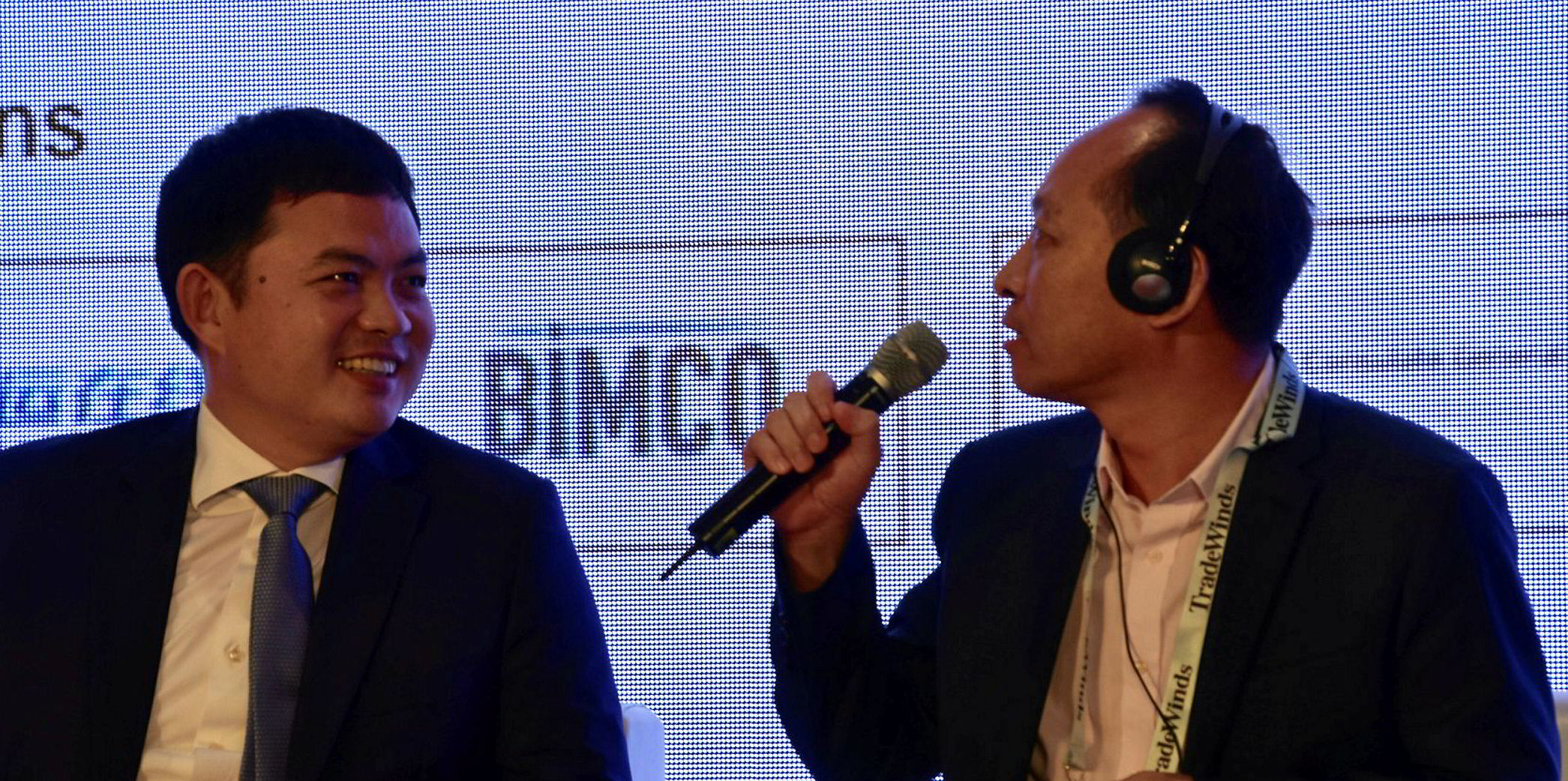Not all shipowners have the same appetite for digitalisation. On the other hand, not all shipmanagers agree on how much room there is for customised solutions in the ongoing process of digitalising the world fleet.
The result is that shipmanagers are now having to decide whether to offer their clients a menu of options or a single take-it-or-leave-it platform. And some owners are pushing back against parts of the solutions they are being offered.
The owners who are pushing us want more and want to invest more. At the other end, there are those who want to push back on everything
Carl Schou
Carl Schou of Norway's Wilhelmsen Ship Management is among those who think shipowners should "say what they want, rather than being told what they need".
Difference of opinion
But he acknowledges that his customers do not all agree on what they want in the way of digital solutions — or how much of it they want.
"The owners who are pushing us want more and want to invest more," Schou tells TradeWinds. "At the other end, there are those who want to push back on everything."
"When we take a ship on management, we have a basic set of digital tools that are used on all vessels," he says. But there are optional features that can be plugged in or ignored. Digital fuel-efficiency tools form one area where there are different levels of interest among his clients.
"We have a fuel-efficiency app linked up with sensors onboard the vessels, which is being pushed by one of our cruise shipowners, who is very forward leaning when it comes to digital technology," Schou says. "I would not say there is pushback against this app but not many people are jumping onto it. They are waiting for IMO 2020."

Wilhelmsen, best known as a manager of car carriers and gas carriers, is also manager of Torstein Hagen's Viking Ocean Cruises.
Hong Kong-based Fleet Management is now spending about $350,000 per ship on a digital pilot project, which is expected to be extended to the entire fleet over a 24-month period.
Sanjay Chandra, Fleet's technical executive director, would prefer a one-platform solution to the task of digitalisation but does not see it as available yet.
The technology involved is very advanced and diverse. We did not find a single supplier who could provide all our solutions in one platform. In fact, all our providers had to customise to some extent to meet our requirements
Sanjay Chandra
"The technology involved is very advanced and diverse," Chandra says. "We did not find a single supplier who could provide all our solutions in one platform. In fact, all our providers had to customise to some extent to meet our requirements."
Single digital solution
Among those who allow less room for optionality is Bjorn Hojgaard of Hong Kong-based Anglo-Eastern. His company advocates a single digital solution across an entire managed fleet — one that should eventually grow to include many managers and self-managed shipowners, for the sake of exploiting as big a pool of data as possible for the benefit of all.
Anglo-Eastern is in the process of implementing the enterprise resource platform (ERP) of Yariv Zghoul's JiBe ERP on all its ships.
ERP, sometimes glossed as "enterprise resource planning", refers to a single system that manages all essential operational, commercial and financial data. In the context of shipping, an ERP manages tasks including a ship's mechanical, navigational, regulatory and security data as well as its owner's commercial data and crew communications.
According to Hojgaard, such a single platform became practical only very recently, after advances in satellite communications made it possible for ships to be truly online in real time.
"There is a single instance of reality between ship, shipmanagement offices and client offices," he says.
Landside offices have access to all relevant ship data as it happens, rather than waiting for periodical messages updating the status of various systems in the engine room and on the bridge.
Data ranging from pressure and temperature readings from the engine room, navigational data, radar, electronic chart display and information system or ECDIS, inspection reports, stocking levels of supplies and a private communications system exclusively for crew use are all accessible to the relevant parties onshore and onboard ships in real time.
The next step is to apply machine learning and artificial intelligence to the operational and technical data.
The comprehensive nature of such a system does not allow for much optionality, but it "enables decision makers across the chain to take decisions in real time".
"Once everything is online 24/7/365, that enables a new way of thinking about shipmanagement," Hojgaard says.




